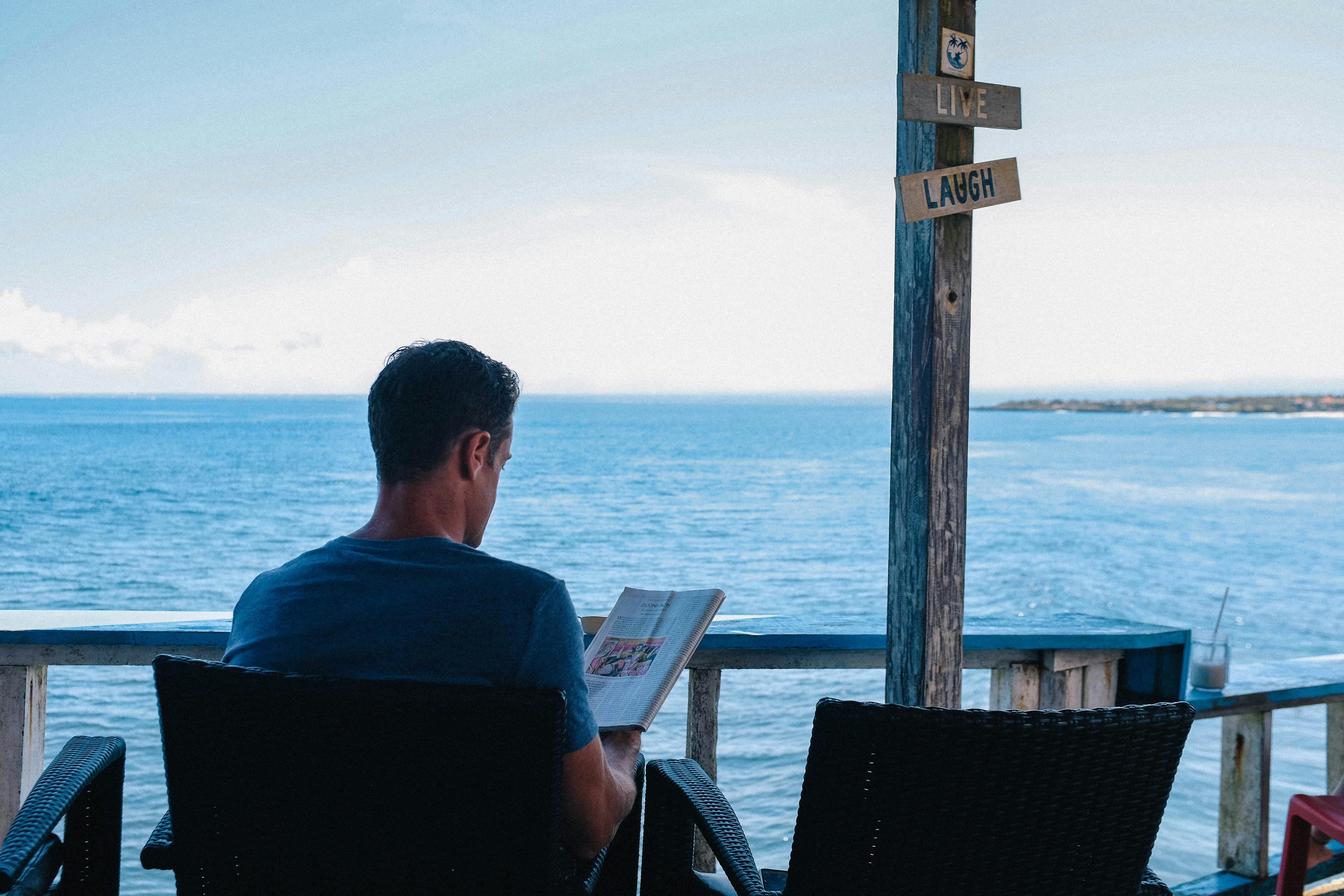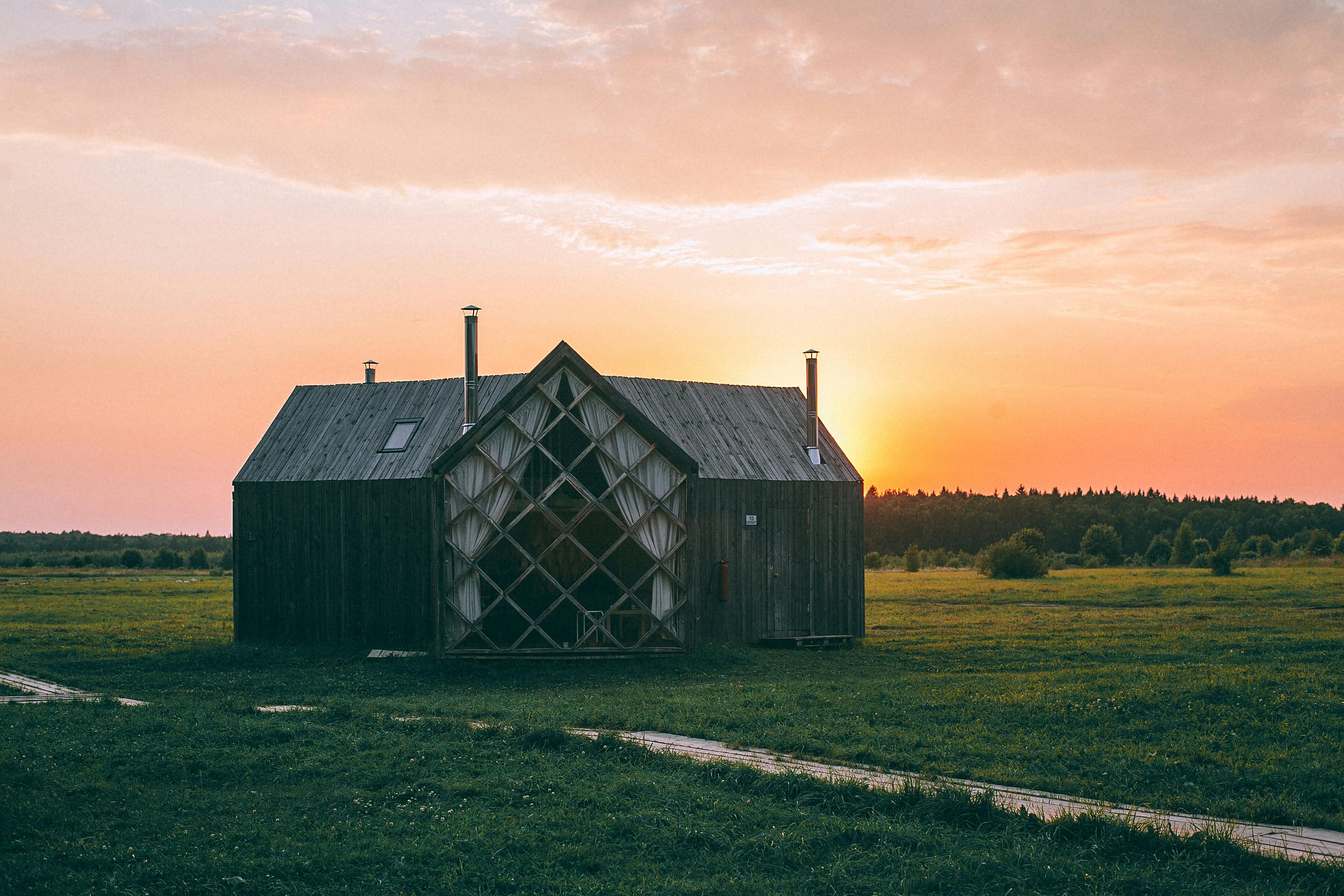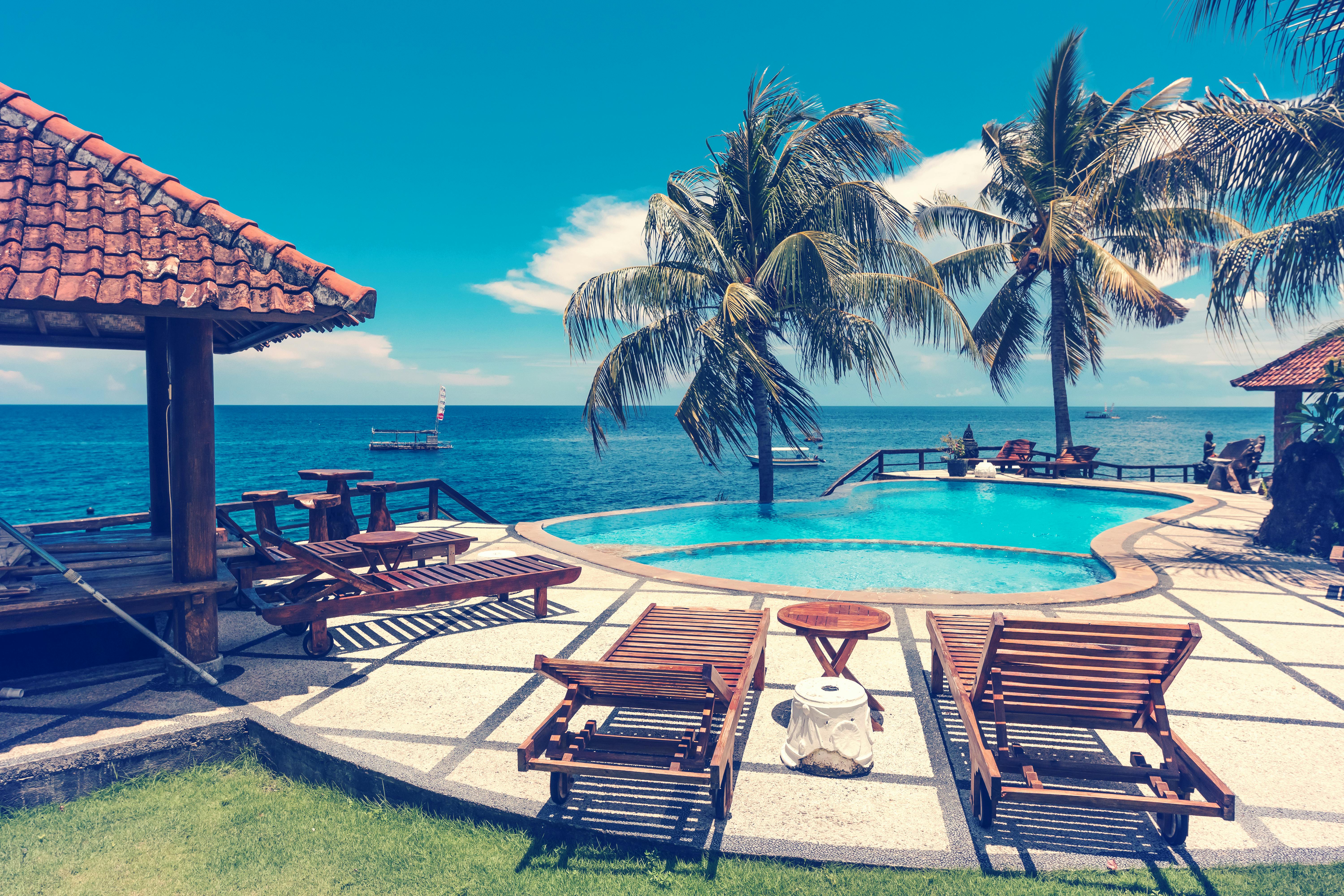Beijing is the capital of the People’s Republic of China. It has a long history with abundant historical and cultural heritage representing treasures from the city’s civilizations. Beijing has been the country’s capital for more than 800 years. The city has many places of historical interest and scenic beauty.
The successful hosting of the 2008 Olympic Games represents the definitive declaration of China’s emergence as a world superpower, and it is determined to make the “People’s Olympic Games” the most successful and dazzling ever organized. After the big event, travel to Beijing becomes more attractive for international tourists. Now, I would like to show you, my dear international friends, around Beijing to experience its culture, history and daily life.
a) Emblematic towers:
A good place to start exploring the city is Tiananmen Square, where Mao Tse Tung declared the founding of the People’s Republic. It is the heart of the city of Beijing and is large enough to accommodate an assembly of one million people.
Head to the Forbidden City, the largest and best-preserved ancient architectural complex in the world. It was the Chinese imperial palace from the middle of the Ming dynasty to the end of the Qing dynasty. For nearly five centuries, it served as the home of the emperor and his family, as well as the ceremonial and political center of the Chinese government. It now houses the Palace Museum.
Another must-see is the Temple of Heaven, where the Ming and Qing emperors performed solemn rituals for bountiful harvests. It was built between 1406 and 1420 during the reign of the Yongle Emperor, who was also responsible for the construction of the Forbidden City in Beijing. Earth was represented by a square and Heaven by a circle; Various features of the temple complex symbolize the connection of Heaven and Earth, of the circle and the square. The entire temple complex is surrounded by two cordons of walls; the outer wall has a taller semicircular north end, representing Heaven, and a shorter rectangular south end, representing Earth. Both the Hall of Prayer for Good Harvests and the Round Mound Altar are round, each over a square yard, again representing Heaven and Earth.
Visit the Summer Palace, the magnificent garden retreat of the emperors; the Ming Tombs, the majestic and stately mausoleums of 13 emperors of the Ming dynasty; and the world famous and genuinely inspiring Badaling section of the Great Wall. Large-scale construction has brought great changes to Beijing since the founding of the People’s Republic of China in 1949, adding more and more new attractions to the mysterious old city.
The Ming Tombs were an imperial tomb site where 13 Ming emperors were buried. The Dingling Tomb is the second largest tomb, and is the first of the 13 tombs to be excavated and open to the public. It is an example of a typical imperial tomb.
B) Daily life experience
In the morning, wake up early to visit one of Beijing’s public parks. This is when people indulge in their favorite physical activity, whether it’s tai’chi, jogging, singing, or even dancing. In the afternoon, you can have the opportunity to experience the real life of local Beijing residents on a rickshaw tour of the hutongs. Beijing’s hutongs are considered the latest incarnation of the spirit of old Beijing. Walking through the back street of Hutongs and meeting people there will leave you with a different understanding of China.
C) Chinese art
Peking Opera is the most popular of all opera styles in China. It developed from classical song and dance styles dating back to the Ming dynasty and gradually merged in the late 18th and early 19th centuries into the Peking Opera we see today. Beijing opera features four main types of performers. Acting companies often have several of each variety, as well as numerous secondary and tertiary performers. In their elaborate and colorful costumes, the performers are the only focal points on Beijing Opera’s characteristically sparse stage. They use the skills of speech, song, dance, and combat in movements that are symbolic and suggestive, rather than realistic. Above all, the skill of the performers is judged by the beauty of their movements. The performers also adhere to a variety of stylistic conventions that help the audience navigate the plot of the production.
The Beijing stunts are another wonderful performance. Although the origins of the performing arts are unknown, many believe that acrobatics developed from martial arts displays and dates back to the Neolithic period. In China they say that every minute an acrobat spends on stage requires ten years of training. Indeed, Beijing’s stunt shows, with amazingly agile performers practicing feats of strength, balance, and skill, are a tremendous sight to behold.
After an exciting, informative and refreshing introduction to my beloved city, Beijing, I would like to share the following Beijing tours with you.
Day 1 Arrival in Beijing
Upon arrival in Beijing, our professional tour guide will pick you up from the airport and transfer you to the centrally located four-star Beijing Holiday Inn Downtown Hotel with a private air-conditioned vehicle.
Day 2 Beijing (Breakfast, Lunch)
In the morning visit Tiananmen Square, the heart of the city of Beijing and large enough to accommodate an assembly of one million people. It is located opposite the Forbidden City and covers more than 100 acres. Then visit the Forbidden City, it is the largest palace complex in the world and covers 74 hectares. Built between 1406 and 1420, the Forbidden City was home to the emperors of the Ming and Qing dynasties, a period that spanned more than 500 years.
Lunch today will be arranged at a local restaurant for you to enjoy Sichuan cuisine. After lunch, you will visit the Summer Palace, the best-preserved royal garden and the second largest in China, with a history of more than 800 years. In 1998, it was listed as one of the World Heritage Sites by UNESCO. In the evening, enjoy the Beijing Opera.
Day 3 Beijing (B, L)
Today’s tour will take you to visit the Eighth Wonder of the World – the Great Wall in Badaling Section. Take the cable car to the Great Wall and enjoy your walk there.
To avoid the crowds at tourist restaurants near the Great Wall, we will prepare a box lunch at your hotel which can also ensure better quality of food.
On the way back, you will visit the Ming Tomb, where you can see the underground palace of the Chinese emperors with their valuable authentic funerary objects. Tonight you will see the incredible acrobatic performance of Beijing.
Day 4 Beijing (B, L)
Today you will visit the Temple of Heaven, where Chinese emperors used to pray for a good harvest. After enjoying a typical Beijing cuisine lunch at a local restaurant, you will begin your afternoon sightseeing tour of Yonghe Lamastery. The temple was built in 1694 and the architecture and ornamentation of the buildings show the influence of Han, Manchu, Mongol and Tibetan styles. Then continue with the transfer to the Silk Alley Market and enjoy your shopping and haggling there.
Day 5 Beijing (B, L)
Today you will experience the daily life of the local people by watching tai’chi, jogging and walking through the hutongs. The rest of the day is for you to explore the city in depth on your own.
Day 6 Depart from Beijing
Transfer to the airport and flight to your next destination, the service ends.


